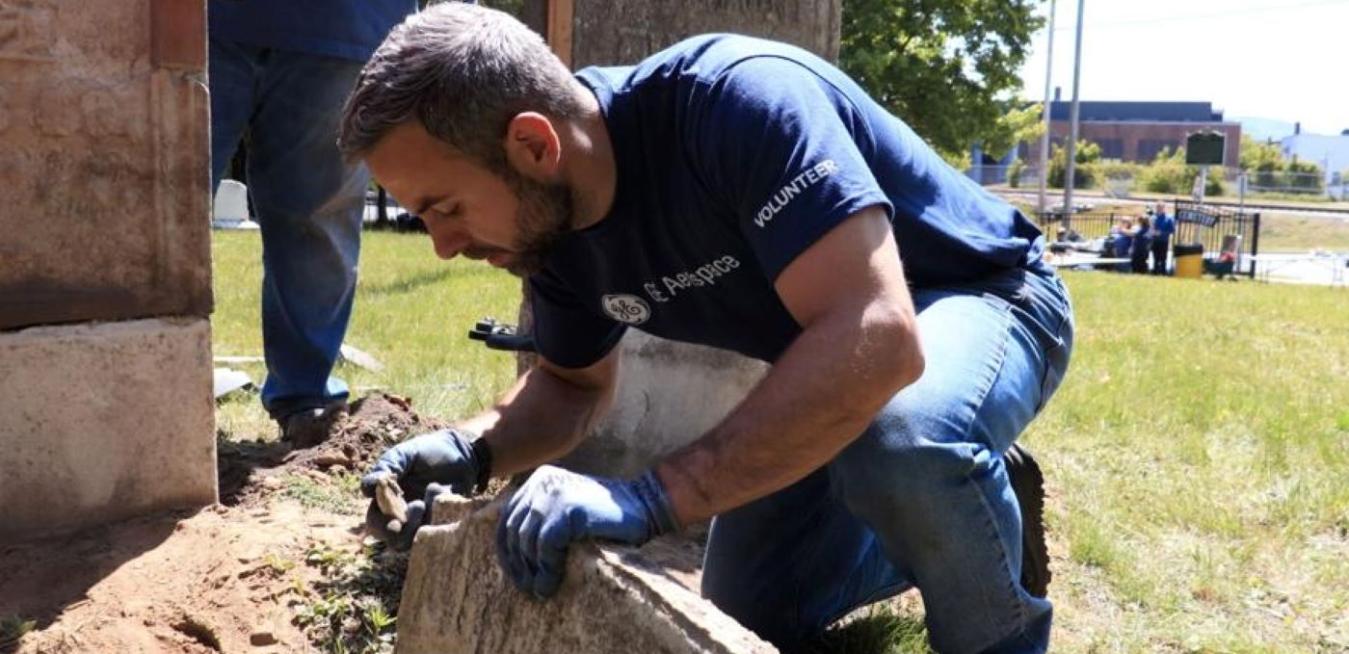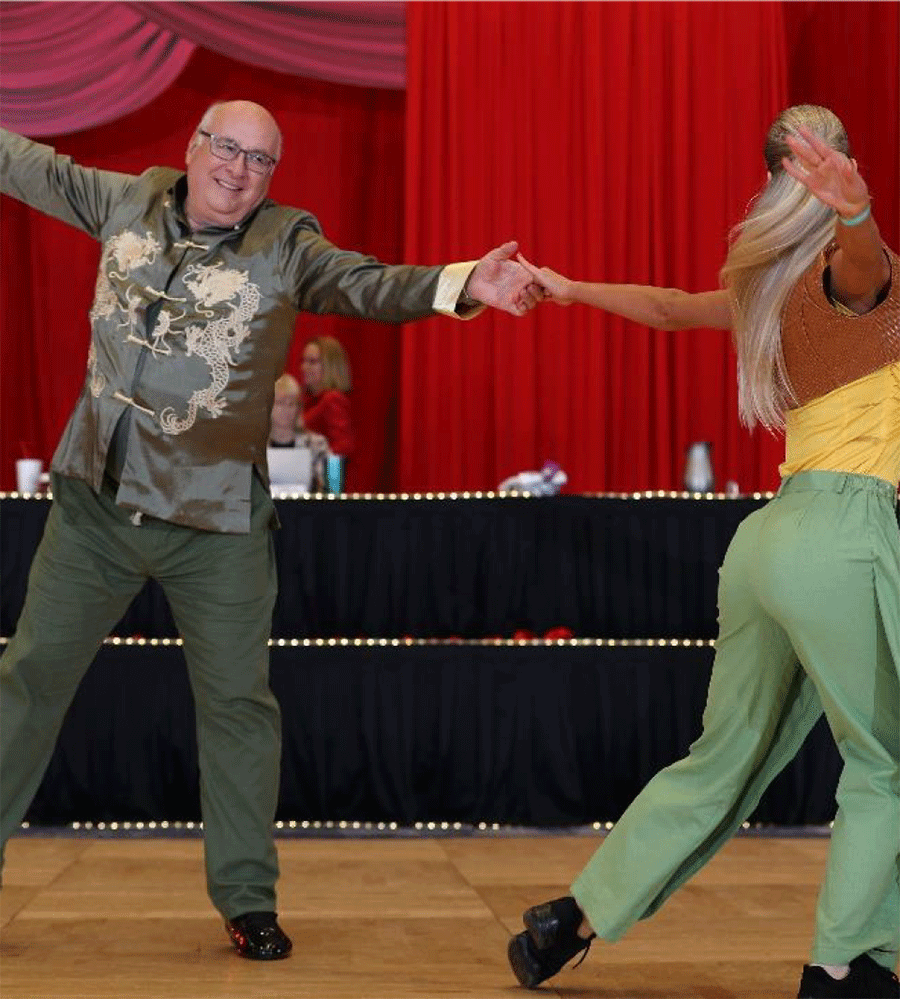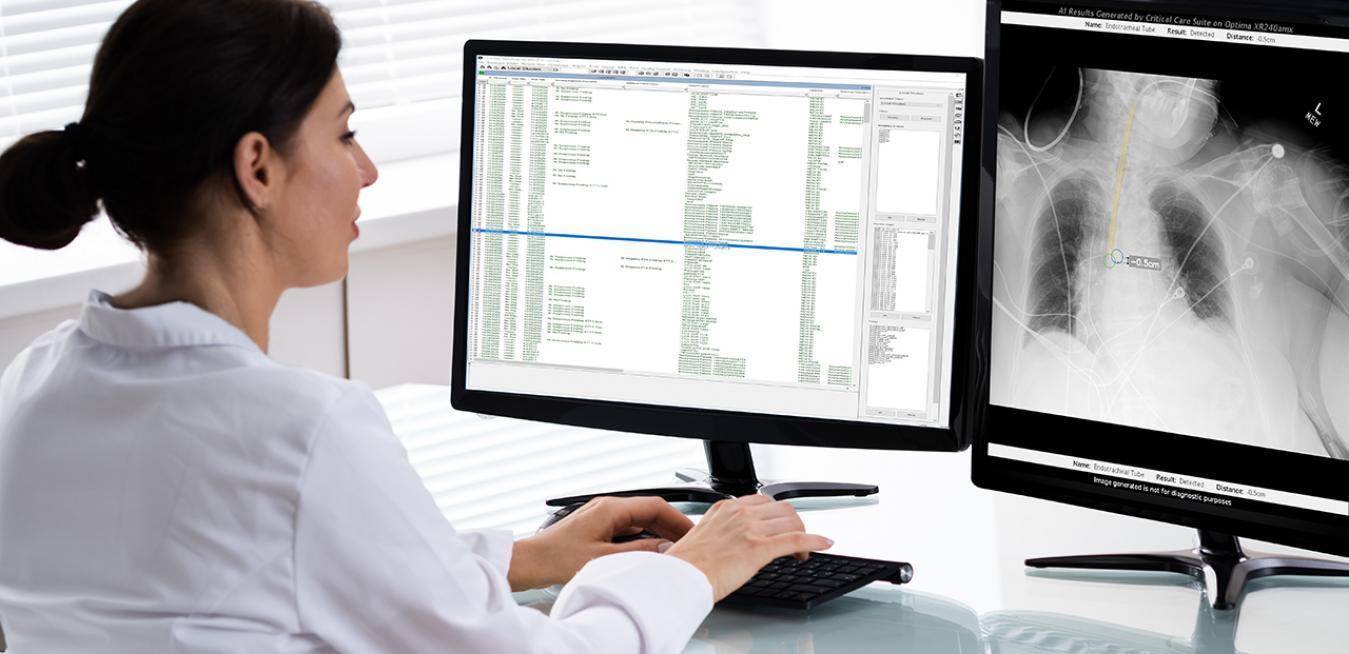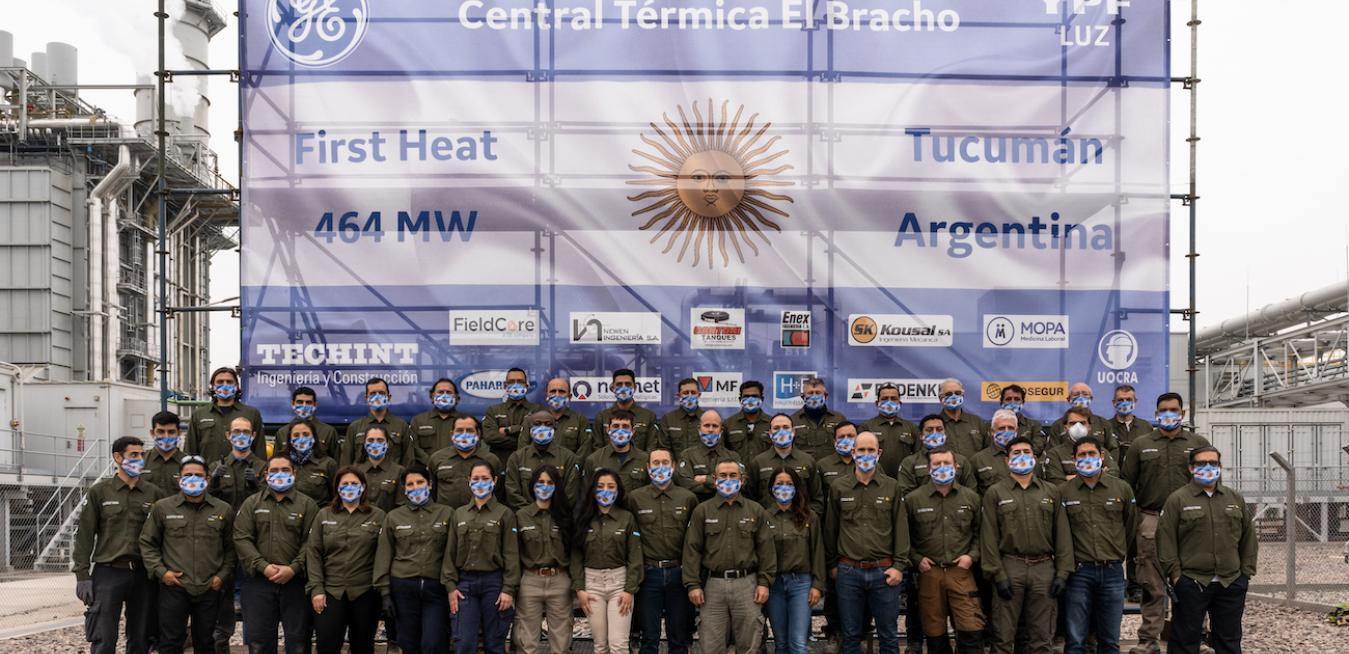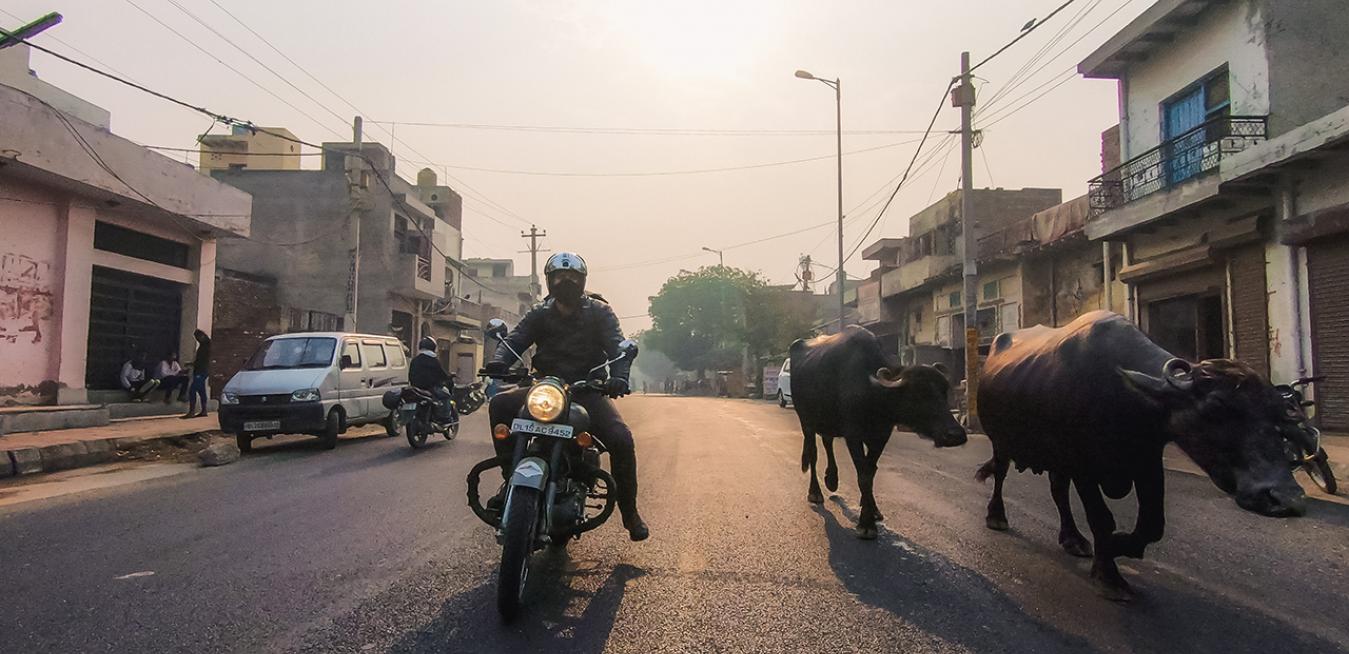- Awarded National Institutes of Health (NIH) grant to develop tiny sensors smaller than your fingertip that can detect the presence of COVID-19 virus nano-particles on screens, tables and other surfaces
- Multi-disciplinary team from GE Research will draw from years of development and commercial success with physical, environmental, gas and biosensors for industrial monitoring
- The Team’s work has been featured in journals
For media inquiries, please contact:
Todd Alhart
Director, Innovation Communications
GE Aerospace
+1 518 338 5880
[email protected]
business unit
tags
Andrew Dubrule began his career as a chef. Armed with a culinary arts degree from the State University of New York at Cobleskill, he interned at the University of the Arts in Florence, Italy, and worked for years at restaurants in New York City. But when he and his wife decided to start a family, he had a change of heart. In 2019, Dubrule traded in the grueling hours and uncertain future of restaurant life for a job as a machine operator at GE Aerospace’s Rutland, Vermont, plant.
The day in late 2020 Bob Senzig thought would be his last is still a haze and probably always will be. He remembers a doctor at a hospital in the resort town of Los Cabos, Mexico, talking on the phone with the crew of a medical evacuation jet coming to take him back home, to an emergency room at a U.S. hospital. But to get on board, he was told, the 66-year-old GE retiree would have to be intubated, a procedure that would require him to be unconscious. Make your phone calls quickly, the doctor told him.
Like many tasks in medicine, threading a breathing tube down a patient’s trachea requires skill, patience and steady hands. Insert the tube not far enough and the patient can throw up food into their lungs, causing infection; insert it too far and you might trigger a collapsed lung or cardiac arrest. Doctors often order a chest X-ray to make sure the tube is positioned right.
When the Grande America, a cargo ship traveling between Hamburg, Germany, and Casablanca, Morocco, caught fire and sank off the coast of France in March 2019, all 27 people on board were able to get to safety.
One of the most daunting aspects of the COVID-19 pandemic involves tracking the spread of the microscopic, airborne coronavirus causing the disease. But what if you could spot its presence via your smartphone?
As an emergency medicine clinician in Madrid, Spain, Dr. Yale Tung Chen has treated many COVID-19 patients since the start of the pandemic. And when he developed last March the ominous constellation of symptoms caused by the SARS-CoV-2 coronavirus — chills, cough, low-grade fever and a nagging headache — he knew what to do. Like other people stricken by the disease, the physician quarantined at home and monitored the signs of his illness. But he also knew that his overt symptoms were not the full picture of the disease.
- Mobile platform intended to produce >1,000s of ready-to-use doses at the site of need in under 3 days
- Project leverages GE’s expertise regarding synthetic method for producing industrial amounts of DNA
- GE’s DNA-based approach could be compatible with new, recently approved RNA-based COVID-19 vaccines
NISKAYUNA, NY – March 2, 2021 – Aiming to enable vaccine production on-demand, anywhere in the world in just days, GE Research and a multi-disciplinary t
For media inquiries, please contact:
Todd AlhartDirector, Innovation Communications
GE Aerospace
+1 518 338 5880
[email protected]
business unit
tags
When doctors want to assess how badly COVID-19 has damaged patients' lungs, they often use CT scans to study telltale gray and white patches that show inflammation and damage. But these scans are akin to looking at a satellite image of a neighborhood: You can see in general where the parks and streets are, but it’s hard to get a more detailed view.
Journalists relish finding stories hidden in unassuming places. For Mikey Kay, a reporter and filmmaker who set out in early 2020 to tell the story of the healthcare industry during the COVID-19 pandemic, one of those places was an orange and white building standing in a green field in the Indian state of Haryana.
